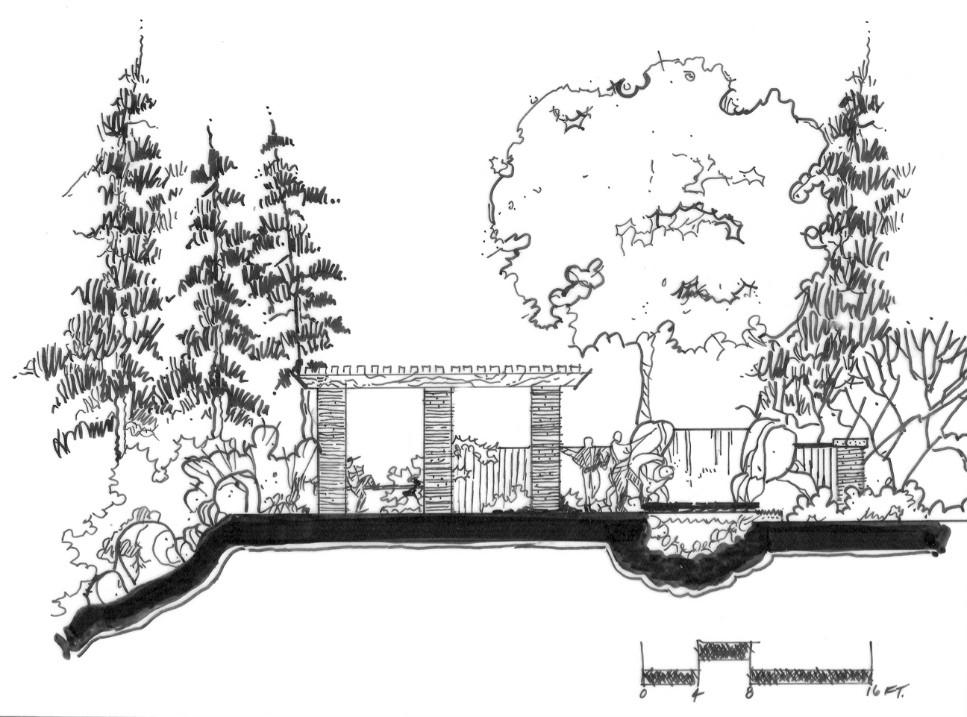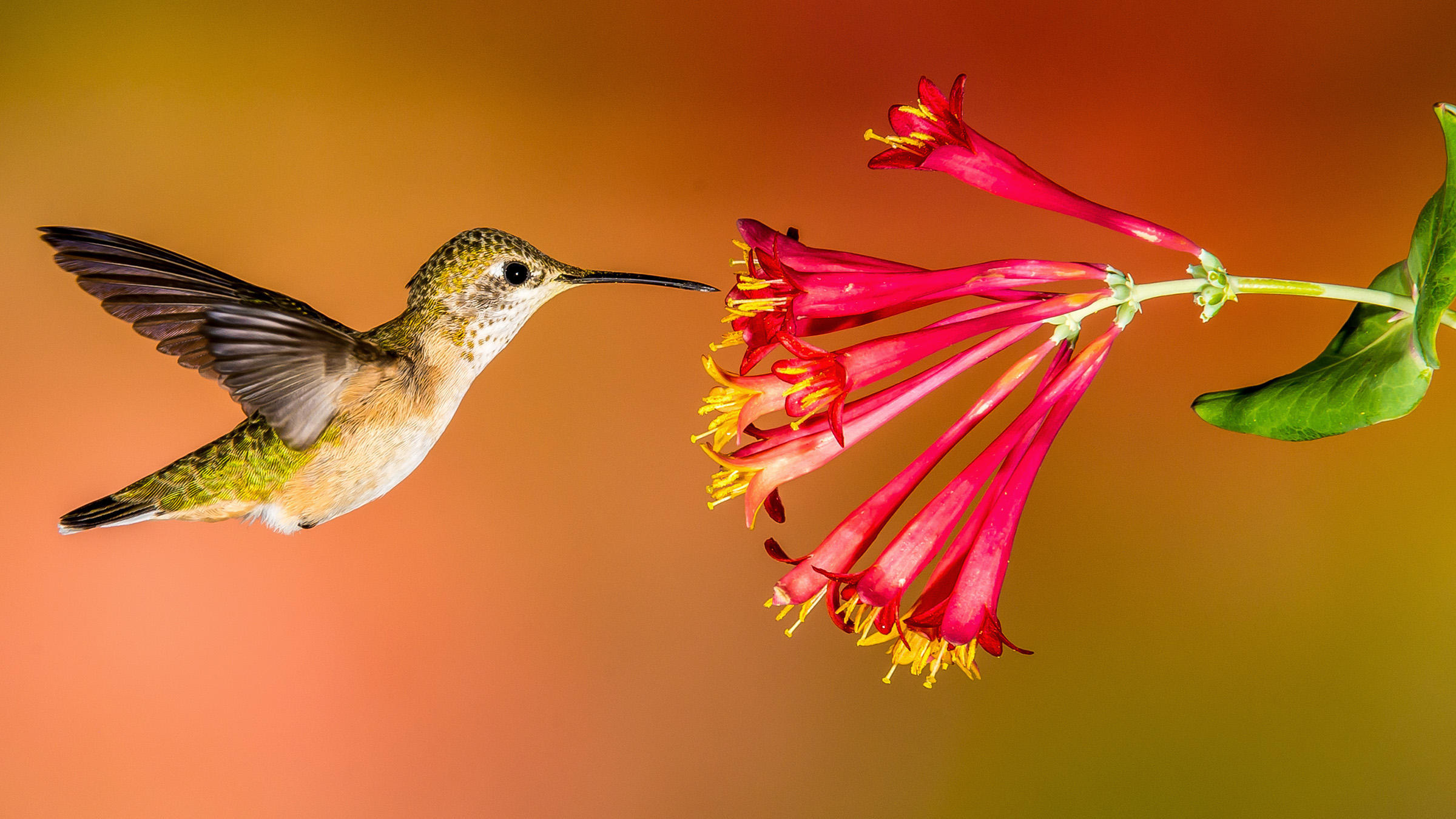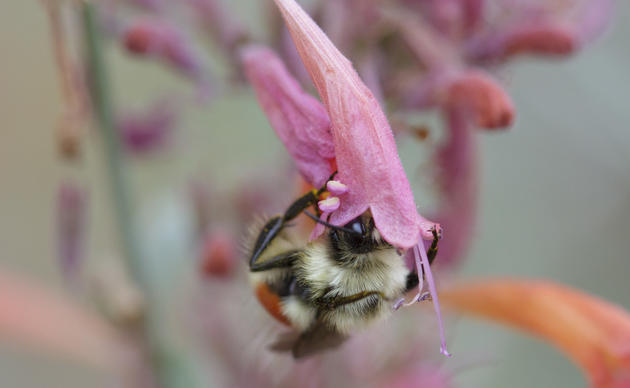Text and Photos By Carla Tews
It was not my intention to create a habitat garden when I removed over 600 square feet of turf and planted a xeriscape. My main goal was to conserve water and have more beautiful plants. What I didn’t realize was that I was also creating a habitat for songbirds, hummingbirds, hawk moths, butterflies and bees. In the years since I started this venture, I have spied many of these wonderful creatures making a home in my garden. From the robins, fervently eating berries off the serviceberry tree, to the hummingbirds drinking the sweet nectar of Sunset hyssop; it is such a delight to watch and I never tire of it.
Designing a Habitat Hero garden is not all that different than designing a xeriscape – creation of which is smart. You are not only conserving water, you are introducing an entire spectrum of flora and fauna into your landscape that can be of benefit to many species of wildlife. Here are some considerations when planning your Habitat Hero garden:
1.Select the right location. Natural habitats should be as large as possible and connected to each other within the site to promote diversity for a wide range of living organisms.1 If you select an area in your front yard, you can potentially eliminate runoff if you remove thirsty turf along your sidewalk and driveway. A backyard habitat will give you hours of enjoyment as you relax on your deck or patio. Make sure you pick a location with at least half a day of sun, as it will give you many more options when selecting plants.
2.Add natural elements and water. Large rocks or boulders help give your garden a natural look and add an artistic element as well. When shopping for boulders, try to find one with a little swale so that it collects rainwater and provides a “natural” birdbath as well as a place for beneficial insects to drink. Of course the ultimate water source – the crème de la crème of birdbaths - is a lovely pond or waterfall. Your feathered friends will love you!
3. Choose the right plants. Purchase native plants whenever possible as they are already adapted to our cultural conditions and because they attract native pollinators. Ideally, plantings should include a mixture of species that provide continuous bloom from one season to the next.
4. Layer plantings. By planting in layers you are replicating how things appear in nature. Establish the overall structure of the planting with trees and shrubs. Trees can be used to create walls and ceilings in outdoor spaces and they, along with large shrubs, serve as windbreaks and provide food, nesting and cover habitat for a wide variety of wildlife, pollinators and beneficial insects.2 Conifers such as spruce, pines, and firs provide a wonderful evergreen presence in your garden all year long. Next, add perennials, grasses and groundcovers. Create unity by planting in groups of threes or fives and use repeating elements throughout the space.
Drawing that depicts the various plant layers.
5. Experiment with form and texture. Think of your landscape as a painting. Contrasting colors, textures and patterns all add interest to your work of art. Try combining different flower shapes, leaf shapes and colors. Include ornamental grasses such as blue grama, little bluestem and switch grass. Not only do grasses provide wonderful texture and movement in the garden, they are an excellent food source for native songbirds as summer draws to a close.
This garden has an array of diversity in textures, color palettes and plant heights that brings awareness to all our senses. The seed heads of Bouteloua grasses are relished by birds and provide your garden with soft textures and movements that compliments the stark contrast from the sharpness of the Yucca plant. The Chocolate daisy offers a nice pop of color and its sweet scent will make you want to linger.
_
6.Play with color. There is a common saying that ‘red attracts hummingbirds and blue attracts bees’. Plant combinations of red and blue penstemon or salvia to attract both. I love the combination of orange and purple – butterfly weed (Asclepias tuberosa) is lovely when combined with purple penstemon or salvia. How about blue and yellow? West Texas grass sage (Salvia reptans) and sunflower (Helianthus sp.) make a wonderful pairing and give late season color to the garden. Silver is a wonderful unifying color to have in your garden, helps to cool down hot colors and provides wonderful contrast to the planting.
Lastly, sit back, enjoy the show and reap the rewards of your efforts. Planting a habitat garden will provide you with many years of enjoyment. You’ve heard the old saying, “If you build it they will come”. This is definitely true when building a habitat garden. And it’s easier than you think.
_
Carla Tews is the owner of Green Roots Garden Design. As a horticulturist, garden designer and conservationist, she focuses on building sustainable landscapes and pollinator friendly habitats for residential and commercial clients along the northern Colorado Front Range. For more information visit www.greenrootsgardendesign.com . For more information on designing with native plants visit Colorado Native Plant Society at https://conps.org/gardening-with-native-plants/ .
References:
1 Residental landscape architecture: design process for the private residence, Norman K. Booth, James E. Hiss, 5th ed.
2 The Xerces Society





